Music is the “sound-evidence” of Europe’s ancient common roots.
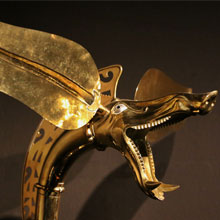
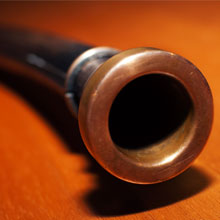
Long before the Old Continent became known as Europe and before the presumed "history of music" began, musical instruments played a key role in creating a network of interconnections, cross-references and shared features among the various European cultures.
The European Music Archaeology Project (EMAP) is the first organic journey from the sounds of Prehistory through to traditions which still survive today, taking us from very early music to the present day composer and blending archaeology and art, science and creativity.
The European Music Archaeology Project (EMAP) is the first organic journey from the sounds of Prehistory through to traditions which still survive today, taking us from very early music to the present day composer and blending archaeology and art, science and creativity.

Concert
From the Cave to the Rave - April 9th, 2016, 19:30 - Venue: Royal Conservatoire of Scotland, 100 Renfrew Street, Glasgow, UK
Astounding reproductions of ancient musical instruments and sound tools - from European prehistory until the dawn of Western Music - will be gathered together in Glasgow for the very first time, and played by a large ensemble of music specialists. EMAP musicians - groups and soloists coming from across Europe - will lead the audience in a special tour through our common past, dating back up to many thousands of years ago.

Concert
Dragon's Voices - The Ancient Celtic Music of the Carnyx
John Kenny performs wind music on ancient horns from the Bronze Age and Iron Age
November 19th, 2015, 7:30 PM - Venue: St Paul's Hall, University of Huddersfield
Leading Scottish music archaeology performer John Kenny, plays music which illustrates
the early
development of wind instruments. He will perform on a reconstructed model of the 2,000 year-
old Tintignac Carnyx as well as two others from Deskford, along with a number of other
ancient horns and a reconstruction of the Loughnashade Horn, an Iron Age instrument from
Ireland.
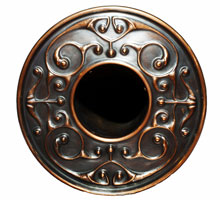 Conference and concert Conference and concertViterbo, November 11th – 14th, 2015, Aula Magna del complesso storico di S. Maria in Gradi, Università degli Studi della Tuscia Brass instruments play an important part in EMAP, partly because so many have survived and partly because they played such an important role in both the ritual and artistic life of the past. The 2015 EMAP Conference in Viterbo will gather together all these instruments to celebrate their past, bringing with them researchers, makers and players to join together in the task of reawakening the spirits of the ancient world.  Seminar and Workshop Seminar and Workshop
Instrumentos musicales de barro: Arqueología, Etnografía y Experimentación
(Clay Musical instruments: Archaeology, Etnography and Experimentation)
Spain (Bailén), 8-11th September 2015
The University of Valladolid and the European Music Archaeology Project are organizing
in Bailén (Jaén) a Seminar and Workshop in collaboration with the Municipality of Bailén,
a village well known for its ancient pottery traditions. The seminar will be dedicated to the
study of the production process of clay musical instruments both from the perspective of
archaeology and ethnography, bringing together researchers and traditional craftsmen.
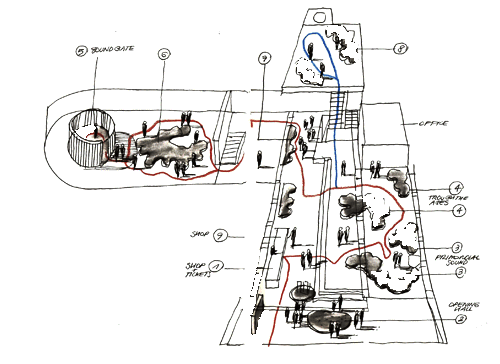
ARCHÆOMUSICA
Exploring the Sounds and Music of Ancient Europe
The exhibition will tour Europe between June 2016 and December 2017 (for the venues, click here). Drawing upon innovative approaches to exhibition making, an experience of the dimensions of sound and space of past cultures will be made possible using visual and multimedia approaches. Visitors will discover an unheard world of sound in ancient Europe, in which the unifying elements of music without boundaries are a constant theme.
The exhibition reflects the diverse nature of music-archaeological research, from discovery to instrument making and experimental playing, and from experimental playing to sound design and soundscape research. Wherever it travels, it will be accompanied by a programme of satellite events, with artists selected from a large pool of professional musicians, performers, lecturers and instrument makers (for the events, click here).
High-quality replicas of ancient sound artefacts and depictions will be provided both for visual display and hands-on exploration. In support, interactive multimedia materials will accompany the physical artefacts. The multimedia materials will be designed according to the most up-to-date international exhibition standards, linking visual and performing arts and scientific research in an innovative way.
|
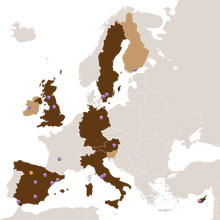

No comments:
Post a Comment